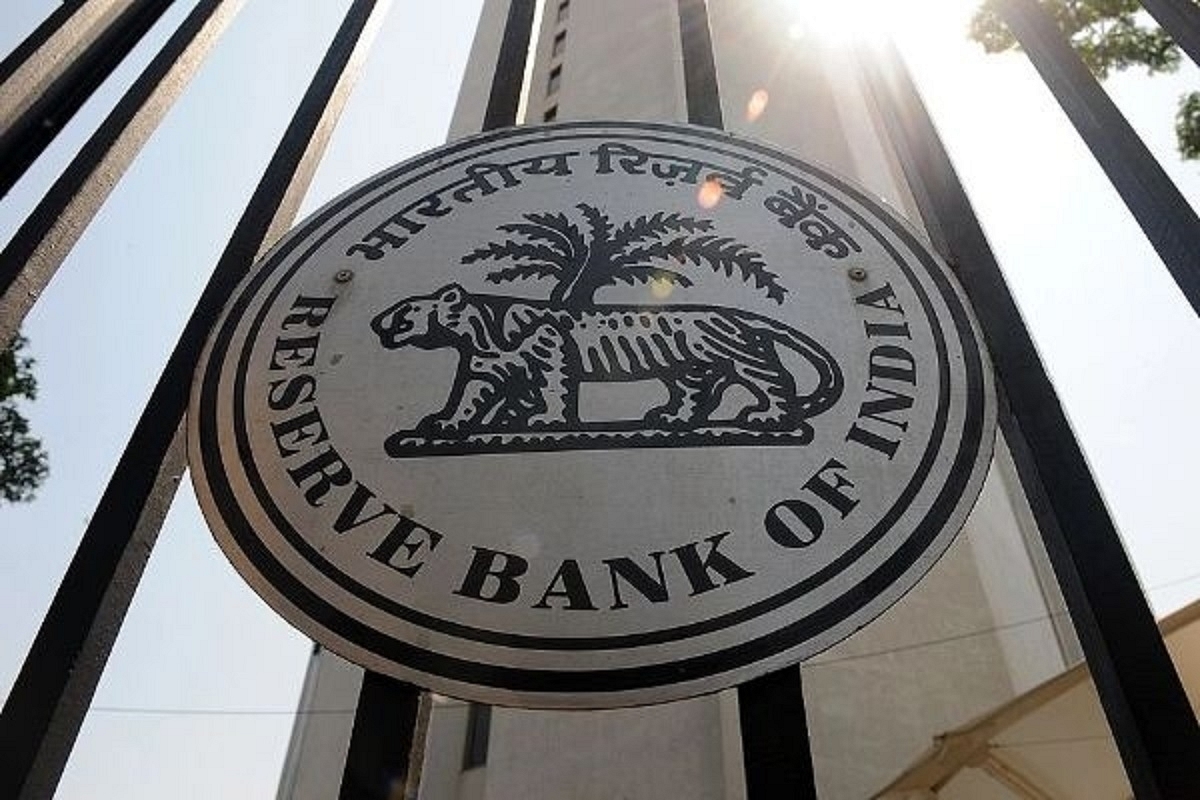News Brief
Explained: Why The RBI Is Introducing Tough PCA Framework For NBFCs
- The move was prompted by the growing importance of NBFCs that have rapidly expanded with lower regulatory constraints as compared to bank.

RBI headquarters in Mumbai.
The Reserve Bank of India (RBI) will bring into effect the prompt corrective action (PCA) framework for non-banking financial companies (NBFCs).
What Is The PCA Framework?
Like the name suggests, prompt corrective action framework is usually applicable for lenders who are struggling with their finances. The PCA framework was earlier applicable mainly to banks, and helped bring banks turn around their operations in case they faced financial trouble. Once a lender is brought under the PCA, the central bank helps the lender formulate a strategy to reduce bad loans, make conservative provisions, focus on conservative lending, reduce risky loan exposures, etc.
In addition, banks might be asked to stop expansions, reduce disbursals, stop dividend distribution, raise extra capital, recover money, etc. In some cases banks are asked to merge with other banks as well.
Usually, the parameters that are used to check the financial stability of banks are capital adequacy, leverage, and asset quality. RBI has provided certain thresholds, a violation of which could result in the NBFC being brought under the PCA framework. These thresholds are based on adjusted net worth, leverage ratio, and net non-performing assets.
Why Have NBFCs Been Brought Under The PCA Framework?
Ultimately, the point is to reduce any risky behaviour or exposures, while strengthening the balance sheet. Since most lenders often deal with each other and with millions of customers, a default or financial issues at a single lender could jeopardise the entire financial system — also known as the contagion effect.
The move to NBFCs was prompted by the growing importance of NBFC companies in the Indian financial ecosystem. These NBFCs have rapidly expanded over the last few years with lower regulatory constraints as compared to banks. These NBFCs make relatively riskier loans as compared to banks, usually to borrower bases that banks do not cater to, or do not reach.
NBFCs have also begun partnering with digital lenders who cannot lend on their own accounts due to regulatory issues. As a result, NBFCs have expanded beyond physical channels without having to spend more on opening new centres.
Possibly, the move follows from a flurry of serious financial problems at NBFCs such as Dewan Housing Finance Limited, IL&FS, SREI Infrastructure Finance, Reliance Capital and other smaller companies.
The IL&FS crisis had caused public markets to plunge as it was one of the largest Indian non-bank lenders. These firms collectively are yet to repay Rs 1 lakh crore to investors, according to reports. With multiple privately run NBFCs potentially becoming “too big to fail”, the RBI must find ways to prevent any permanent damage from such lenders.
Another risk highlighted recently has been the rise of “co-lending” by NBFCs and banks. The two entities are allowed to tie up and lend together. However, the ratio of disbursal from each partner is quite different — NBFCs fund 20 per cent of the loan while banks fund the balance 80 per cent. However, NBFCs are allowed to choose borrowers. As a result, NBFCs might undertake risky loans where both banks and NBFCs could face troubles.
Further, NBFCs can be owned by industrial houses unlike banks. SREI, DHFL and Reliance industrial houses have been accused of lending to related entities. Clearly, such loopholes could allow industrial houses to subvert NBFCs to their own needs. And since most large industrial houses run NBFCs, establishing better regulations could help with avoiding large systemic risks.
Has PCA Been Effective?
Currently, there is just a single bank under the PCA framework — the Central Bank of India. In the past, 11 badly performing PSU banks and a couple of private banks had been brought under the PCA network. The controls put on these banks helped them improve their financial status. Even the Central Bank of India has improved its financial condition and is no longer required to work under the PCA. As a result, it has requested to be taken out of PCA.
A result of the framework would be better regulation of NBFCs that could potentially face financial issues and would come under the purview of the RBI. In addition, the RBI has provided a window for NBFCs to shore up their finances as per the new changes to avoid any issues. The larger NBFCs have managed to maintain asset quality, raise capital, while growing the loan books.
Once an NBFC demonstrates no breaches of the terms and thresholds laid out by the RBI, it would be allowed to move out of the system. The central bank wants NBFCs under the PCA to show no breach of thresholds for four continuous quarterly financial statements, and one audited annual statement.
Introducing ElectionsHQ + 50 Ground Reports Project
The 2024 elections might seem easy to guess, but there are some important questions that shouldn't be missed.
Do freebies still sway voters? Do people prioritise infrastructure when voting? How will Punjab vote?
The answers to these questions provide great insights into where we, as a country, are headed in the years to come.
Swarajya is starting a project with an aim to do 50 solid ground stories and a smart commentary service on WhatsApp, a one-of-a-kind. We'd love your support during this election season.
Click below to contribute.
Latest